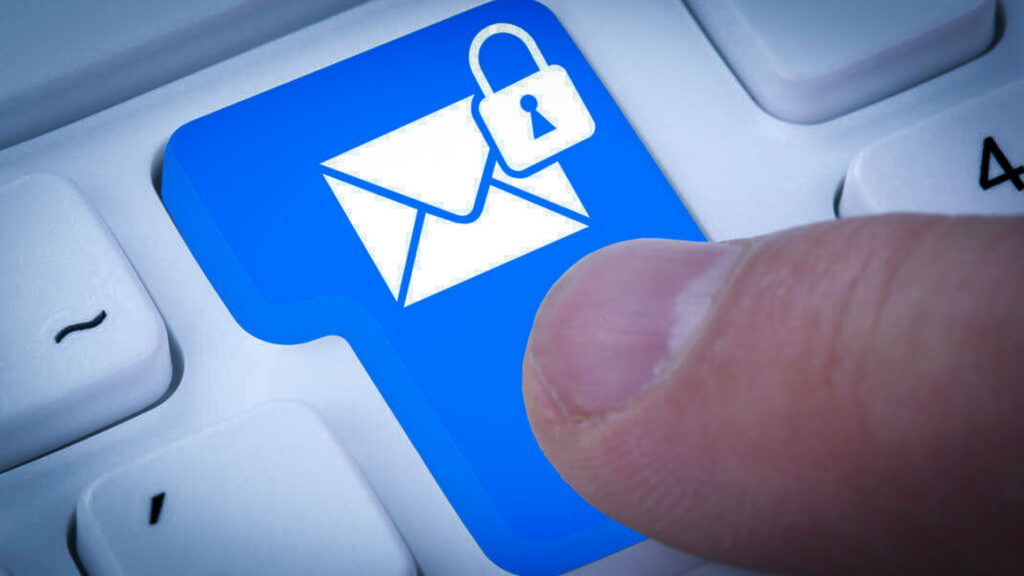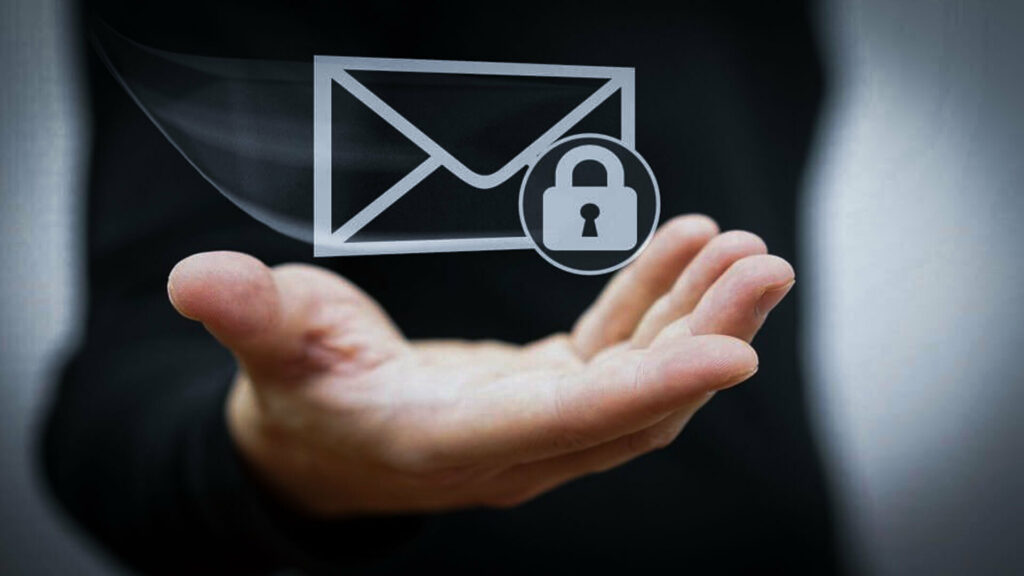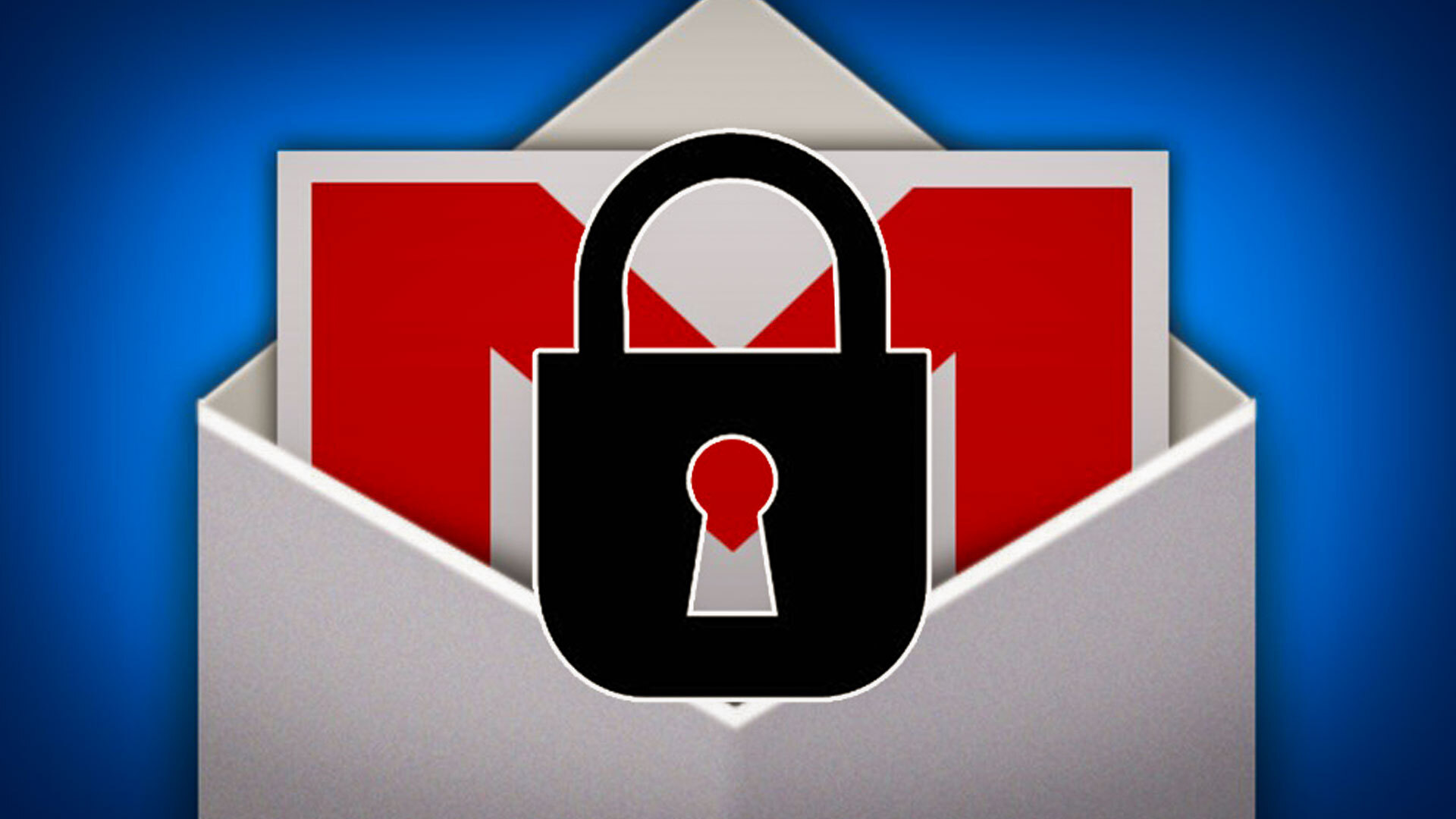Securing outgoing emails is crucial for ensuring their delivery and preventing them from being flagged as spam or malicious. Implementing various security measures can help enhance the credibility of your email communication.

Here are ways to secure outgoing emails for better delivery:
Use a Reliable Email Service Provider: Choose a reputable email service provider that follows industry best practices for email deliverability and security. Major providers often have established relationships with email services and ISPs, contributing to better delivery rates.
Implement SPF (Sender Policy Framework): Publish SPF records in DNS to specify the authorized mail servers for sending emails on behalf of your domain. This helps prevent email spoofing and improves deliverability.
Utilize DKIM (DomainKeys Identified Mail): Implement DKIM to add a digital signature to your outgoing emails, ensuring that their content has not been tampered with during transit. Publish the DKIM public key in DNS.
Configure DMARC (Domain-based Message Authentication, Reporting, and Conformance): Set up DMARC policies to specify how your domain handles emails that fail SPF or DKIM checks. DMARC also provides reporting mechanisms, allowing you to monitor and improve email authentication.
Regularly Monitor Authentication Results: Actively monitor DMARC reports and authentication results to identify any issues or unauthorized usage. Analyze reports to fine-tune authentication settings and policies.
Use a Dedicated IP Address: Consider using a dedicated IP address for your outgoing emails. This can help establish a positive sender reputation, as your email delivery is not affected by the actions of other senders sharing the same IP address.
Implement TLS (Transport Layer Security): Enable TLS for encrypting the communication between your email server and the recipient’s server. This helps protect sensitive information during transit and enhances the security of your emails.
Ensure Reverse DNS (PTR) Records Match: Confirm that the reverse DNS (PTR) records for your outgoing mail server’s IP address match the hostname used in the HELO or EHLO greeting during the SMTP handshake. This helps establish the legitimacy of your server.
Authenticate Subdomains: Extend SPF, DKIM, and DMARC authentication to include subdomains if you use them for sending emails. This ensures a consistent authentication policy across all email-related domains.
Avoid Common Spam Triggers: Craft your email content carefully to avoid common spam triggers. This includes refraining from using excessive capitalization, misleading subject lines, and certain keywords that are often associated with spam.
Regularly Update and Patch Systems: Keep your email server software and related systems up to date with the latest security patches. This helps mitigate vulnerabilities that could be exploited by attackers.
Monitor and Address Complaints: Pay attention to feedback loops and complaints from recipients. Promptly address any issues reported by users, as high complaint rates can negatively impact your sender reputation.
Implement Rate Limiting: Set up rate limiting for outgoing emails to prevent sending an excessive volume of emails in a short period. This can help avoid being flagged as a potential source of spam.

By implementing these measures, you can significantly enhance the security and deliverability of your outgoing emails, fostering trust with recipients and email service providers. Regularly review and update your email security practices to adapt to evolving threats and industry standards.

